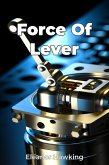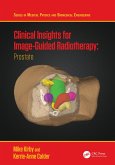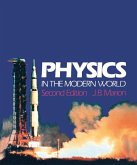Through a blend of historical examples and current technological capabilities, it bridges theoretical concepts with practical applications, making complex aerospace concepts accessible to both professionals and enthusiasts. The text progresses logically from the fundamentals of spacecraft design and propulsion technologies to the intricacies of mission planning and human adaptation in space.
Readers gain insight into fascinating aspects such as how ion engines compare to traditional chemical rockets, and how microgravity affects astronaut physiology, including bone density loss and cardiovascular changes. The book's approach is particularly noteworthy for its integration of real-world data from major space agencies, providing empirical evidence that grounds theoretical concepts in practical reality.
Supporting its technical content with clear diagrams and practical examples, the book addresses contemporary challenges in space exploration, from radiation shielding to long-term life support systems. It expertly balances technical depth with accessibility, making it an invaluable resource for aerospace engineering students and professionals while remaining engaging for technically-minded space enthusiasts. The inclusion of emerging technologies and commercial space developments ensures its relevance in the rapidly evolving field of space exploration.
Dieser Download kann aus rechtlichen Gründen nur mit Rechnungsadresse in A, B, BG, CY, CZ, D, DK, EW, E, FIN, F, GR, H, IRL, I, LT, L, LR, M, NL, PL, P, R, S, SLO, SK ausgeliefert werden.









